
Dalston Western Curve
Hackney
Location: LB Hackney
Client: Taylor Wimpey East London
Use: 106 new homes, 1400sqm retail space over the overground
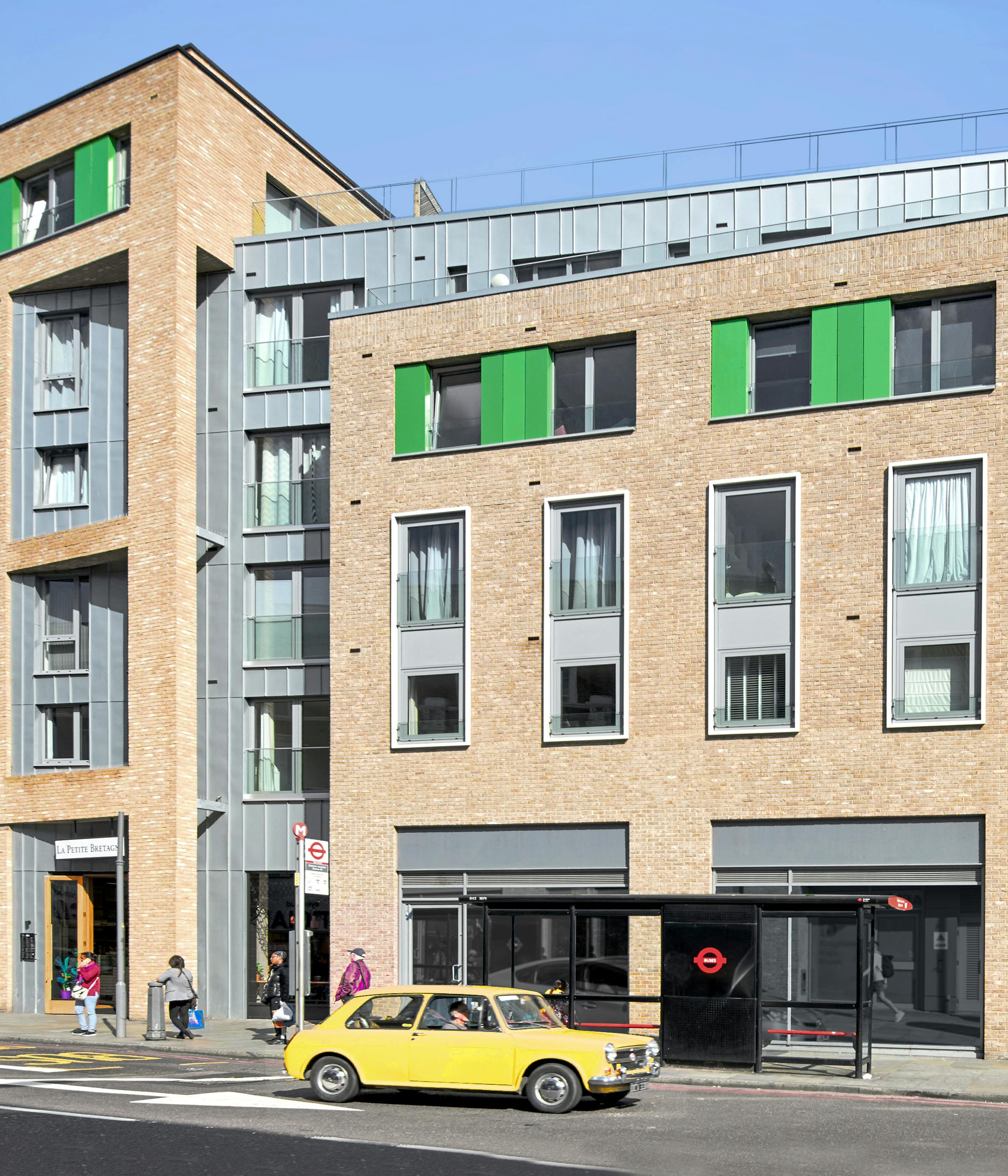

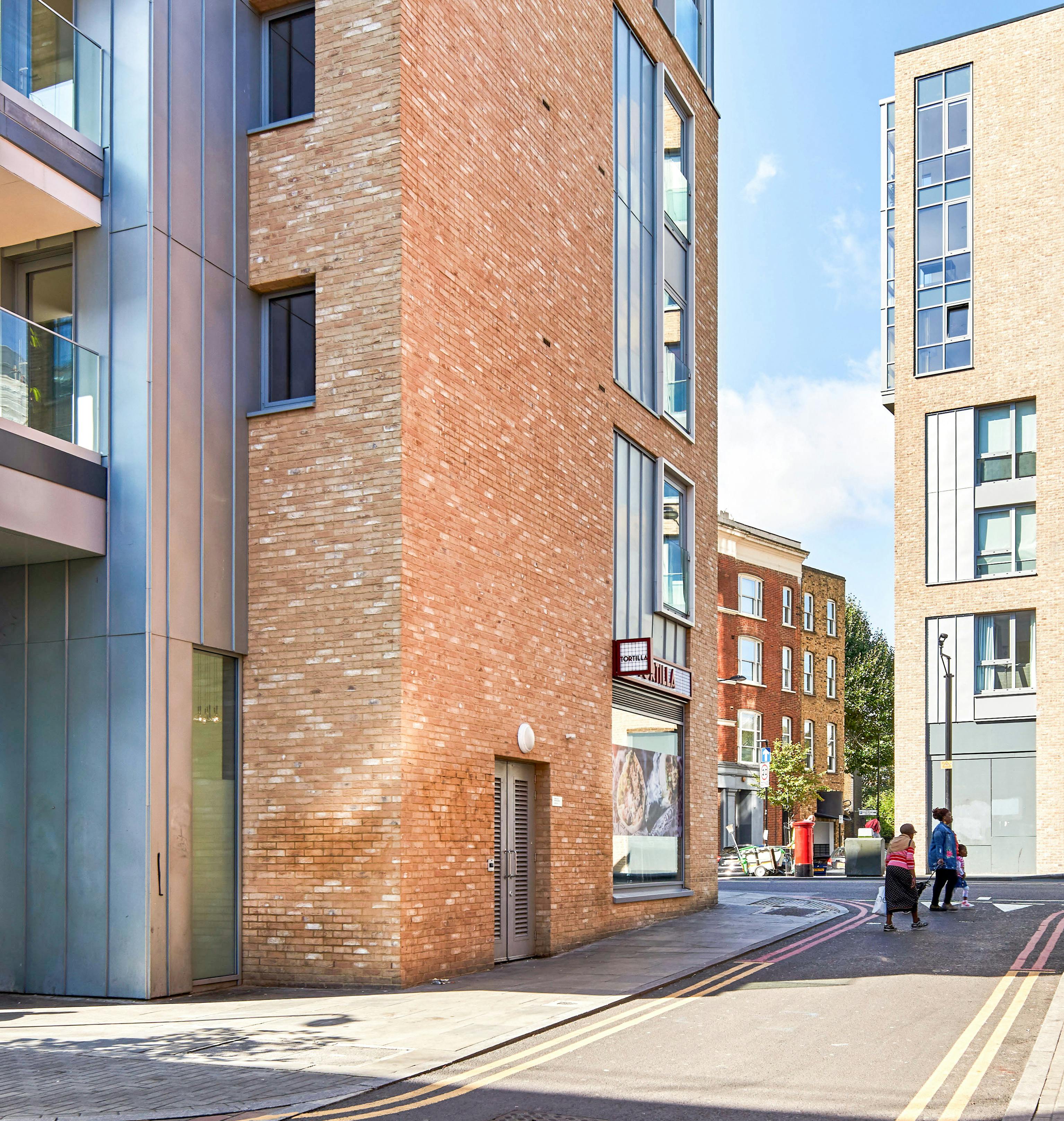
Two complementary new buildings which mend the High Street and deliver an exciting new contemporary mixed use development responding to the sensitive Victorian context and addressing Dalston’s trendy cultural quarter on Ashwin Street. This is a challenging site building over a new railway structure with Transport for London (TfL) as a joint venture partner. RMA secured the opportunity to develop the site as the result of a competitive design and bid process. Through positive engagement with LPA Design Officers and DRP the buildings we have designed exceed the heights established by the AAP justified by exemplar design quality.
On the southern site a linear building manages the transition from the noise and business of Kingsland High Street to the unique ambience of Ashwin Street. The site is narrow demanding a building which has a front onto both streets and therefore a building with two very different characters on opposing elevations.
On Kingsland High Street the building follows the street, and cranks towards the southern end to maintain alignment with the pavement. The base reflects the retail character of the High Street through continuous shop fronts which animate the street. Apartments above present a rigorous grid of openings with proportion and decoration which learns from the local Victorian character.
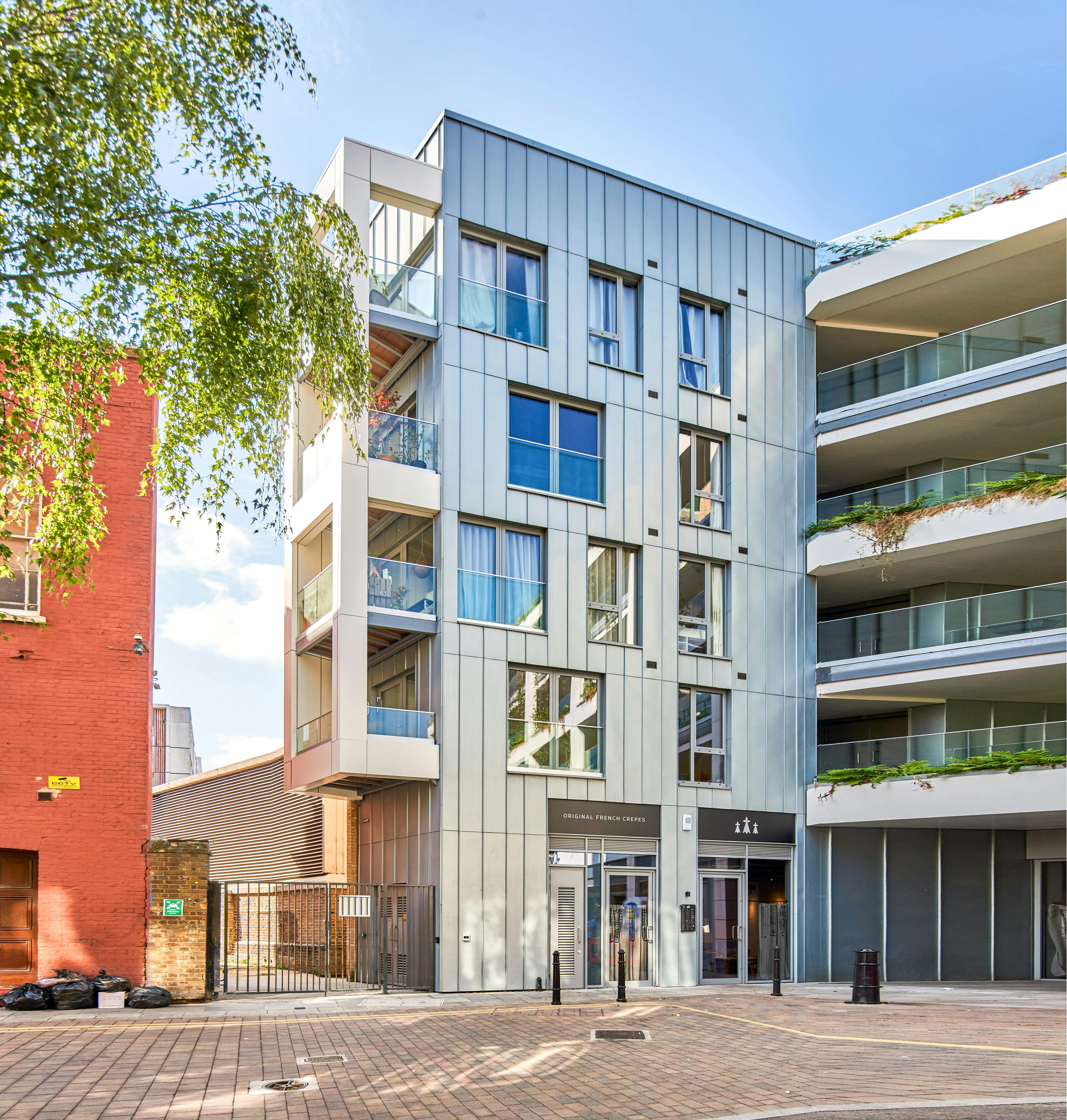
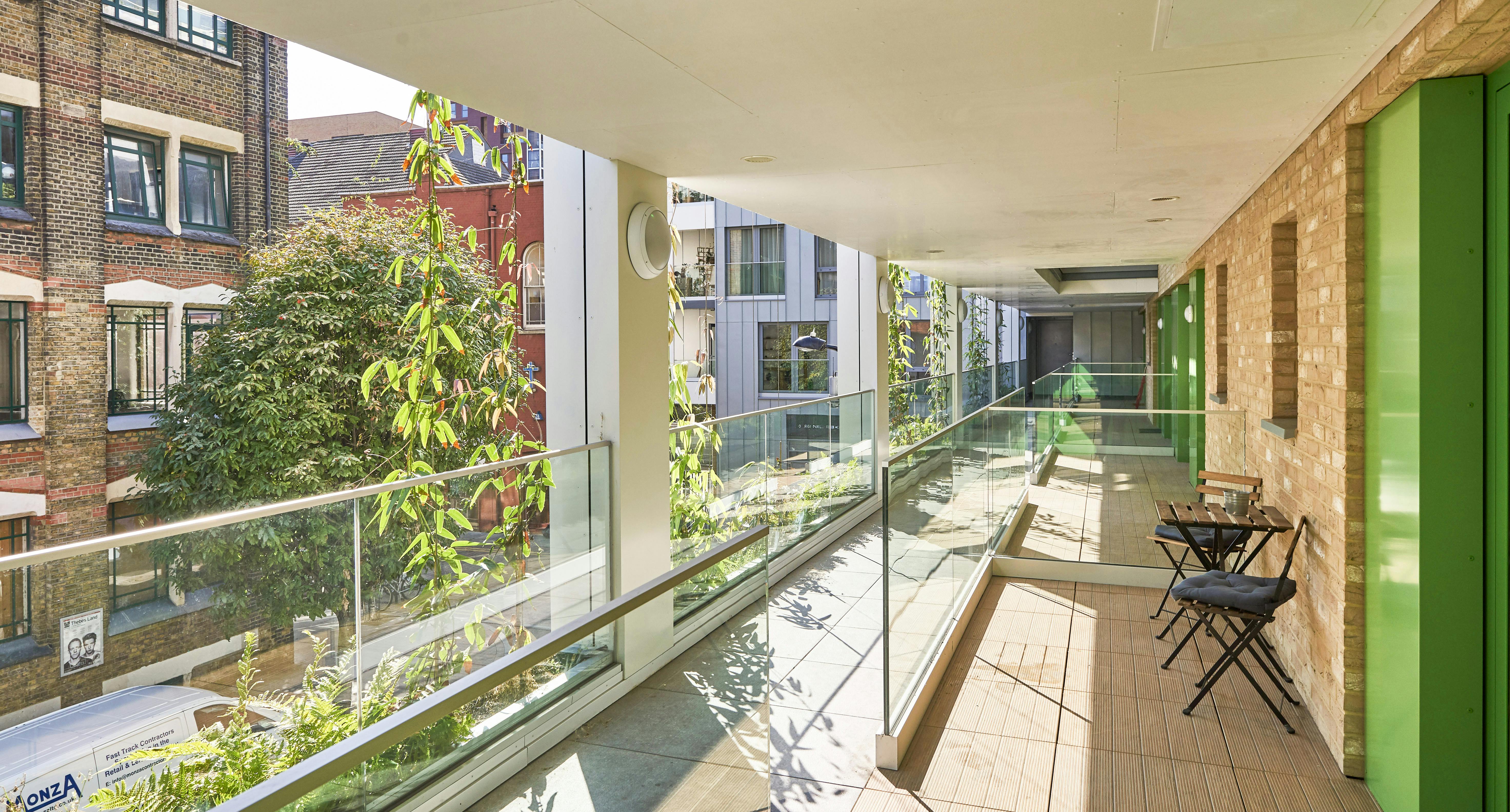
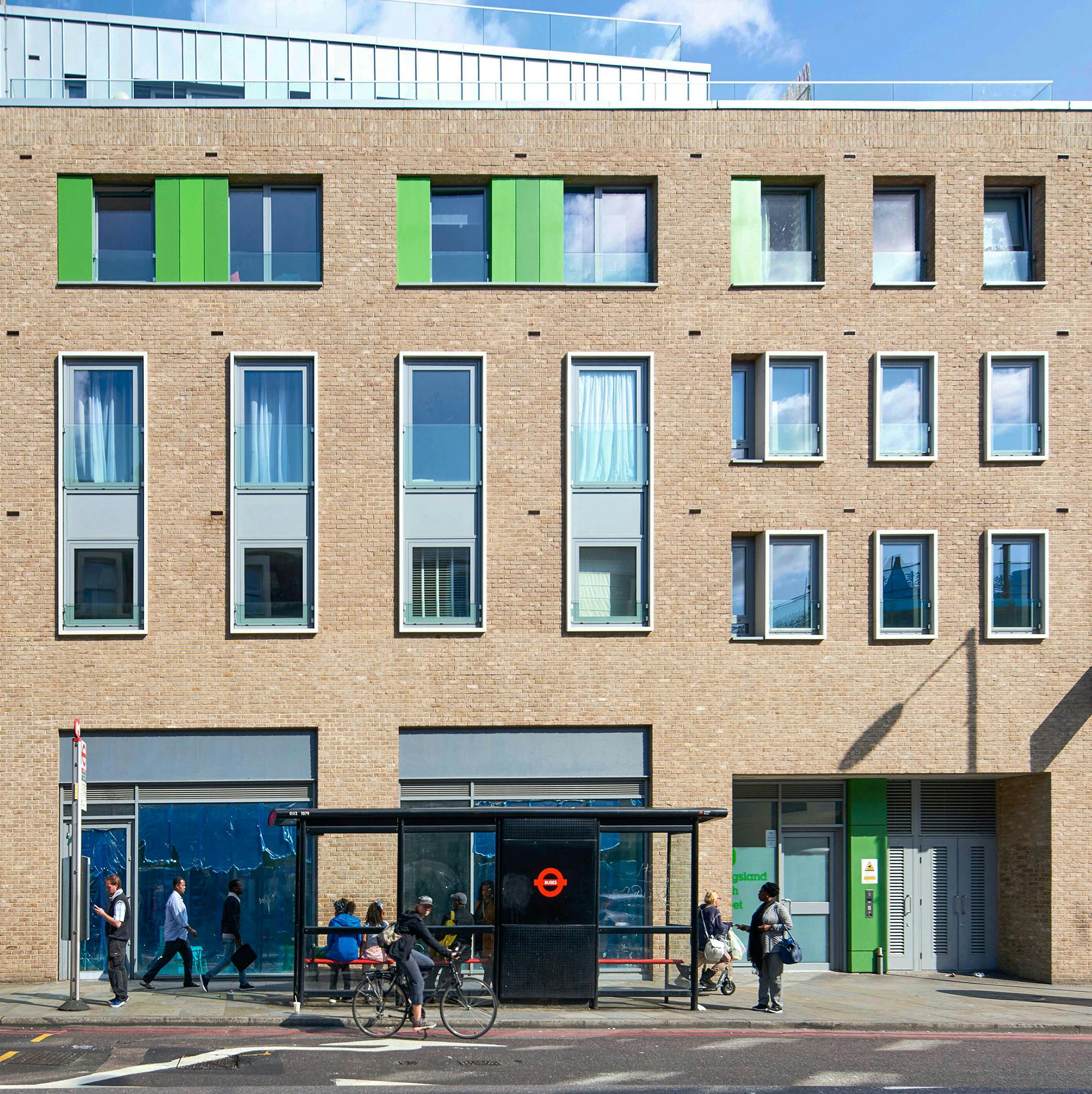

The vibrant cultural quarter of Ashwin Street requires a more animated façade. An applied framework supports the deck access and amenity to the apartments, this adds depth, modelling and movement to the building, surveillance for the public realm and forms a vibrant stop-end to the street.
On the northern site the building needs to respond to the character of Kingsland High Street, and mark this corner. The building is composed of a sculptural brick wrap and a metal clad core which pops up at upper levels. The corner element is further highlighted by a double height bay window, a contemporary reflection of traditional oriel corner windows familiar to the Victorian High Street.
